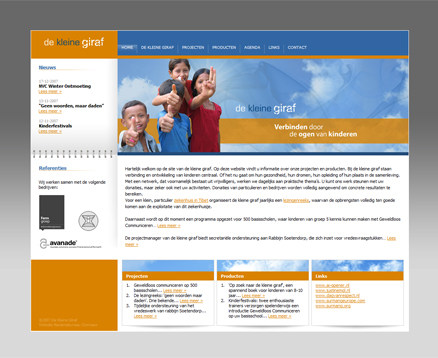Reading
through screen is disturbing as there are many interruptions from other sites. However,
readers tend to read faster in print text, there are no direct distractions
since wordings occurred only. According to Mucciolo (2009) indicated that, ‘electronic
documents are subject to a person’s technology and readers with different
computers will be looking at the same content differently...However, print
recipients will see things exactly in the same way...,’.
The pictures
below are the examples of magazines page and website images:
Website content page
 |
Magazine content page
 |
Source: http://bestdesignoptions.com/?p=4076,
2009
As we could see above, the screen documents have quick links accessed to
related topics. Walsh (2006) mentions that ‘internet sites vary in the modes
they use, but they have the potential to combine words and images in complex
structures with logos, menu bars, hyperlinks, etc’. It is designate to assist
the readers learning, to attract and to maintain interest with the layout
decorations (Walsh, 2006).
These are the
differences between print vs. screen documents through Nielson’s theory of
Print Design vs. Web Design (1999):
1) Dimensionality
Print
design:-
*2-dimensional,
with much attention paid to layout.
Screen
Design:-
*1-Dimensional
and N-Dimensional
*a
scrolling experience
2) Navigation
Print
Design:-
*mainly
consists of page-turning which is limited
Screen
Design:-
*users
able to ‘look and feel’ in the website
*guide
users to learn and search for extra resources through links
This
was supported by Nielson’s theory of Writing Style for Print vs. Web (2008):
Narrative
vs. Actionable Content
Print
Design:-
*spice
up linear narrative with anecdotes and individual examples
*narrative
exposition calls for well-crafted
Screen
Design:-
*users
need actionable content, to view other resources
*information
carrying key-words
In conclusion, both readings design are still
practising today. However, screen design is assumed to be a better choice as it
fits to the technology world today and it is more convenient to the readers
with the provision of extra information or knowledge.
(295 words)
|
References:
Mucciolo, T 2009, ‘Print vs. Screen,’ MediaNet, viewed 6 April 2012, < http://medianet-ny.com/wordpress/print-vs-screen/>.
Nielson, J 1999, ‘Differences between
Print Design and Web Design,’ Alertbox,
viewed 6 April 2012, < http://www.useit.com/alertbox/990124.html>.
Nielson, J 2008, ‘Writing Style for
Print vs. Web,’ Alertbox, viewed 6
April 2012, < http://www.useit.com/alertbox/print-vs-online-content.html>.
Walsh, M 2006, ‘The Textual Shift:
Examining the reading process with print, visual and multimodal texts,’ Australian Journal of Language and Literacy,
vol.29, no.1, pp. 24-37.
No comments:
Post a Comment